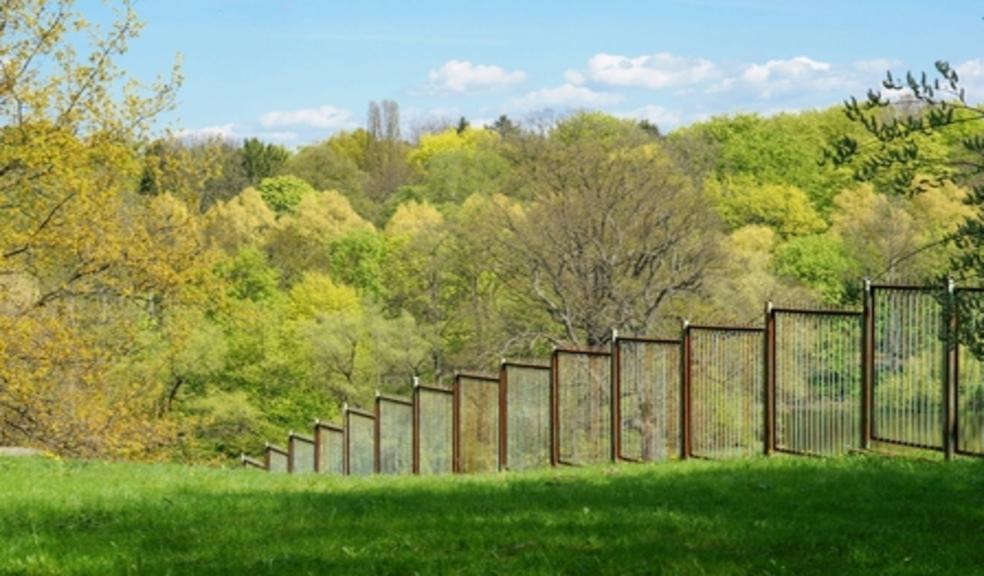
Examining the Requirements of School Fencing
Schools, from nursery to high school and beyond, are legally required to be fenced for the safety of students. As learning environments are where children spend much of their time during the week, this fencing law is a welcome necessity. The BS 1722 standards set out the minimum height of fences, but they don’t tell us much more.
So we’re going to dive into the requirements of school fencing and the options available. Alexandra Security expert advice on school fencing needs, what is most popular for schools right now, and how you can make school fencing look softer and more attractive for students and the greater public.
Why School Security Fencing is Important
Secure school fencing is important because it helps to keep our children, teachers and schools safe. This safety extends from physical safety to emotional safety and privacy.
While physical safety is clear (fences stop intruders from breaking in and harming children and keeping children safely inside the perimeter), you may ask, “how does school perimeter fencing keep children safe emotionally?”
One concerning example is seen in a West Yorkshire school wanting to build a 2.4m fence to stop intruders from taking photographs of pupils. As a BBC report revealed, intruders have repeatedly entered the grounds of Guiseley School in Leeds to take photos of students. These incidents included one in which two men gained access to the school to take photos of students on a sports day.
School leaders told reporters that: "Having no fencing around the playing fields means the potential for intruders to access the site is a real risk the school has to mitigate against on a daily basis. This is not an unrealised concern. A number of intruder issues have taken place over the last three years."
Not only that, but pupils were also injured at the same school by drinks cans and shattered glass on the fields, as intruders left a mess behind them after using the school fields for leisure.
Then there is Christ Church CoE Primary in Craven Street, which has recently applied to put up additional fencing to safeguard its students and premises. The school states: "In the past 12 months, the school has had numerous instances of unauthorised access into the grounds with access gained by climbing over the boundary wall… Safeguarding is treated as a high priority both in terms of keeping the pupils confined within the school to prevent unauthorised departure of pupils from the grounds and also in terms of preventing unwanted access by third parties."
So we can clearly see that a good perimeter fence can have a range of benefits. From keeping rambunctious teenagers on the school grounds to protecting students' privacy, keeping intruders off the grounds and protecting school equipment, there is plenty to gain.
What Type Of School Fence Is Best?
Secure fencing is a requirement for all schools as per the government, so the only choice that most schools have is between a wooden fence and a metal fence. However, most schools are choosing metal fences for ease of maintenance and because they can be powder coated to the school’s colours.
Therefore, the main choice is the type of metal fence. Alexandra Security states that more and more schools are moving over to twin-wire type mesh, as school fencing generally takes quite a beating, and the single-wire mesh doesn’t hold up as well against kids.
In other words, school fencing solutions must be hardy and long-lasting, as children often engage with their space. Balls, bats and other play equipment often hit fences at full speed in schools, so they need to be as tough as the kids are.
School fencing solutions should also be cost-effective, as schools generally don’t have an endless budget.
What Height Should School Fences Be?
According to the BS EN 1176 Play and Equipment Standards, school fencing and gates must be at least 1 m high. However, 1 m is simply the minimum legal requirement, and Alexandra recommends that your school fence is at least 1.8 m high. This ensures that it cannot simply be vaulted over. When deciding on a fence and the contractors you’ll use to install it, keep in mind that fencing and access systems have to pass a RoSPA inspection.
School Fence Colours
A school that looks like a prison is a sad place for children to spend their days and won’t inspire anyone. So it is also important to consider aesthetics. Most mesh fences can be produced in a number of bright and exciting colours, which brings life into what might otherwise be a rather cold aspect of your school. They can also be made in your school colours, continuing your colours right to the perimeter.
What Else Should be Considered?
A fence is not the only security solution schools need to consider. There are also the entrance gates and access control to take into account. These fencing systems are crucial because they prevent unauthorised individuals from gaining access to the school and enable schools to have better control over who enters and exits the campus, helping protect the privacy of students.
Then there is playground fencing and sports fencing. Children’s play areas, though they may border the local environment, need to be protected. As we saw in the case study above, intruders may choose to target children and teenagers when they’re outside on the grounds, as they may be considered more vulnerable here. So secure perimeter fencing that encloses the entirety of the school grounds is of paramount importance.










